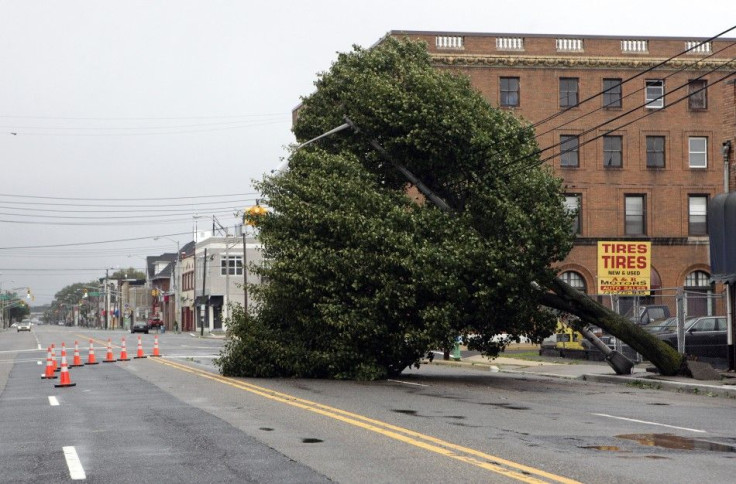FCC: No Major Telecom Damage Following Irene

As Hurricane Irene swept up the East Coast this weekend, damaged infrastructure was left in its wake from the Carolinas up to New England.
While many people were left without power, a good deal of people were also without telecom service. The Federal Communications Commission said the damage from Irene caused 132,000 wired voice subscribers to lose service on Sunday. Irene also caused damage and disruptions at 1,400 cell towers and cell sites.
Most of the damage was in Virginia, New Jersey, New York and North Carolina. A few broadcast radio stations were also damaged and about 500,000 cable customers lost service as well. Overall, though, FCC Chairman Julius Genachowski said there was no major damage.
The FCC continues to evaluate the damage from the areas affected in [Irene's] aftermath, Genachowski said in a statement on Monday. Based on reports to date, there have been some wireline and wireless outages.
The good news, based on these initial reports, is that there hasn't been major damage to our communications infrastructure, except for damage along coastal regions hit hard by the storm.
No 9-1-1 centers lost service during the storm, and there were no reports of public safety communications outages.
The FCC said it's conducting post-Irene around-the-clock assessments of the damage and is working with major telecom providers to restore any outages.
AT&T, Verizon Wireless and Sprint said the companies are also working quickly to assess and fix the damage. All three companies reported seeing some problems because of overturned trees causing downed power lines, but nothing major. The biggest issue came from higher-than-normal calling volumes during the storm.
Overall, our wireless networks performed well despite some service disruptions in the hardest hit areas along the East Coast as a result of the loss of commercial power and local wireline service, said a Sprint spokesperson.
The wireless carriers said preparedness was a major reason why cell towers were widely kept in tact during the storm. Many cell towers were powered by backup generators, so if the main power source went out, it kicked right in.
© Copyright IBTimes 2024. All rights reserved.











